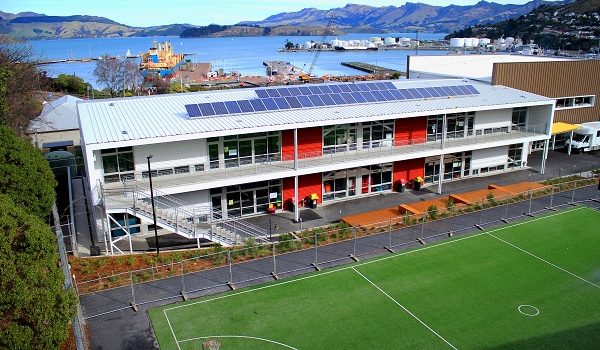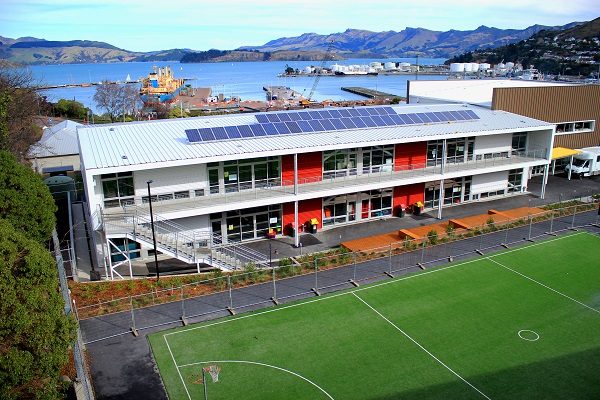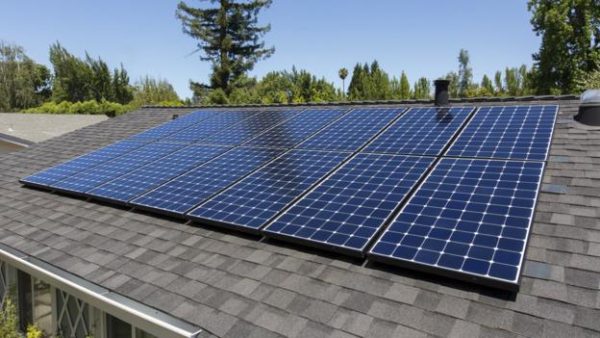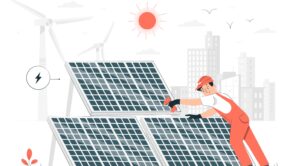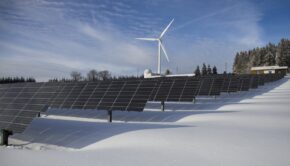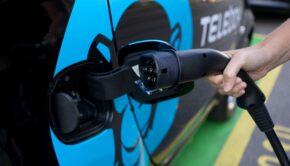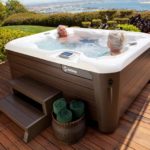New Zealand is becoming greener every day!
Sustainability is a huge deal in New Zealand. Almost 90% of the country’s electricity demand is being generated from renewable energy.
Now with more and more households installing solar power systems, New Zealand is becoming greener every day. About 19 MW photovoltaic (PV) solar power systems were installed in 2018, which means the country has a total 90.1 MW installed as of January 2019. It’s an upward trend that isn’t stopping any time soon especially since there is a demand for new homes in New Zealand.
Demand for solar has increased dramatically over the last few years despite there being no government subsidies. We attribute this to the declining costs of PV panels and an increase in competition among manufacturers and installers.
The advantages of going solar have been well known since. However, the upfront costs were a major hindrance for early adopters. Ten years ago, you would have to pay about NZ$40,000 for a standard 3kW PV system, but today you can expect to pay about NZ$9,000 for the same size system.
If you install a solar system in your home today, you will not just pay less but you will also get greater value for your money as solar technology has advanced significantly. Modern solar equipment offer better features that make them more efficient and cost effective to run. As well as solar system prices, storage costs have also been falling.
A move towards higher electrification
New Zealand’s energy system is transitioning towards higher electrification due to increase in e-mobility and electric industrial operations. This means more capacity is needed to meet the growing demand. While the market is already well served by hydro and wind power, more people are looking into cheap solar as an alternative option among other renewables.
For a country that receives tons of sunshine hours all year round, solar makes a lot of sense. The biggest demand typically arises in densely populated areas, such as Auckland and Caterbury, where nearly half of all solar installed have been added in the past two years.
Even the government is devising initiatives to.
Getting the highest ROI
How long it will take a solar PV system to pay itself off essentially depends on how much power the system can generate and how much of that you actually use.
For maximum production in the southern hemisphere, panels are typically installed on north-facing roofs with a 15-45o pitch. Anywhere outside this range cuts potential generation drastically. Shade from nearby trees, buildings or hills also affect production. A good installer should be able to design a system that works specifically for the topographical conditions of your home.
What happens when you generate more than you use? You have several options here. First, you can add a battery for storing excess generation which you can then use at night when your PV panels have no output. Second, you can sell the excess back to the grid. This is the case for grid-tied system, which is a cheaper and more common setup in NZ. Rather than storing the excess, the household exports it back to the grid and the utility operator pays for it at a predefined rate. The problem is that utility operators only pay 6c to 8c per kWh whereas they charge 25c to 30c per kWh of power you use from the grid.
This means you need to make the best use of the power produced if you want to get the full value. For most households, power usage peaks in the morning and evening. However, the bulk of solar generation is between 11am and 3pm. You may need to make adjustments like using timers to delay appliances or shift the power to electric car batteries. You could also set electric water heating to come on during the day or turn on appliances when the sun is out. You can use solar for your domestic hot water supply as well.
Nevertheless, this is only one part of the equation. Another crucial factor that impacts ROI on solar is sizing the system. If your solar PV system is sized correctly, you should be able to use most of the power it generates while selling as little as possible back to your utility provider.
To give you an idea of what that might be: the average residential solar system size is 4.81 kW, while the average commercial solar system size is 14.3 kW.
Correct installation matters as well. So it’s important to find a reliable solar company to help you with your solar transition.
Are you solar-suitable?
Generally speaking, solar stacks up for households that use the bulk of their power during the day or for those who live in areas where connecting to the grid is too expensive. But, truth be told, it’s a great long-term investment for anyone who wants to cut their power bills whilst enjoying clean and green energy.
Talk to our experts on 0508 449 274 (0508 4 HYBRID) to find out if solar is for you.

